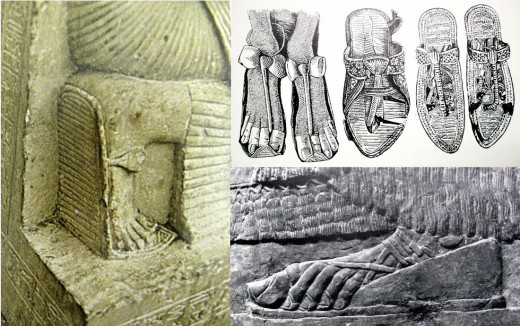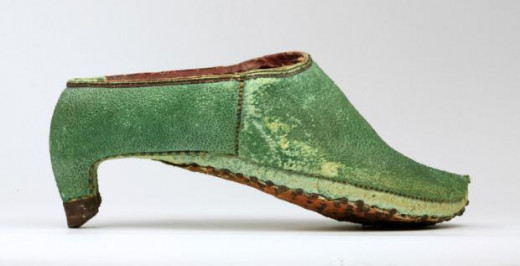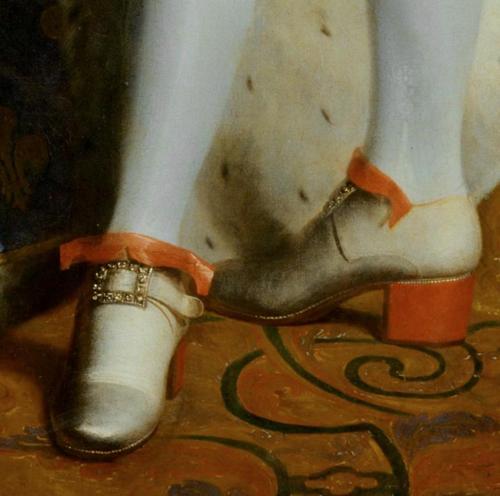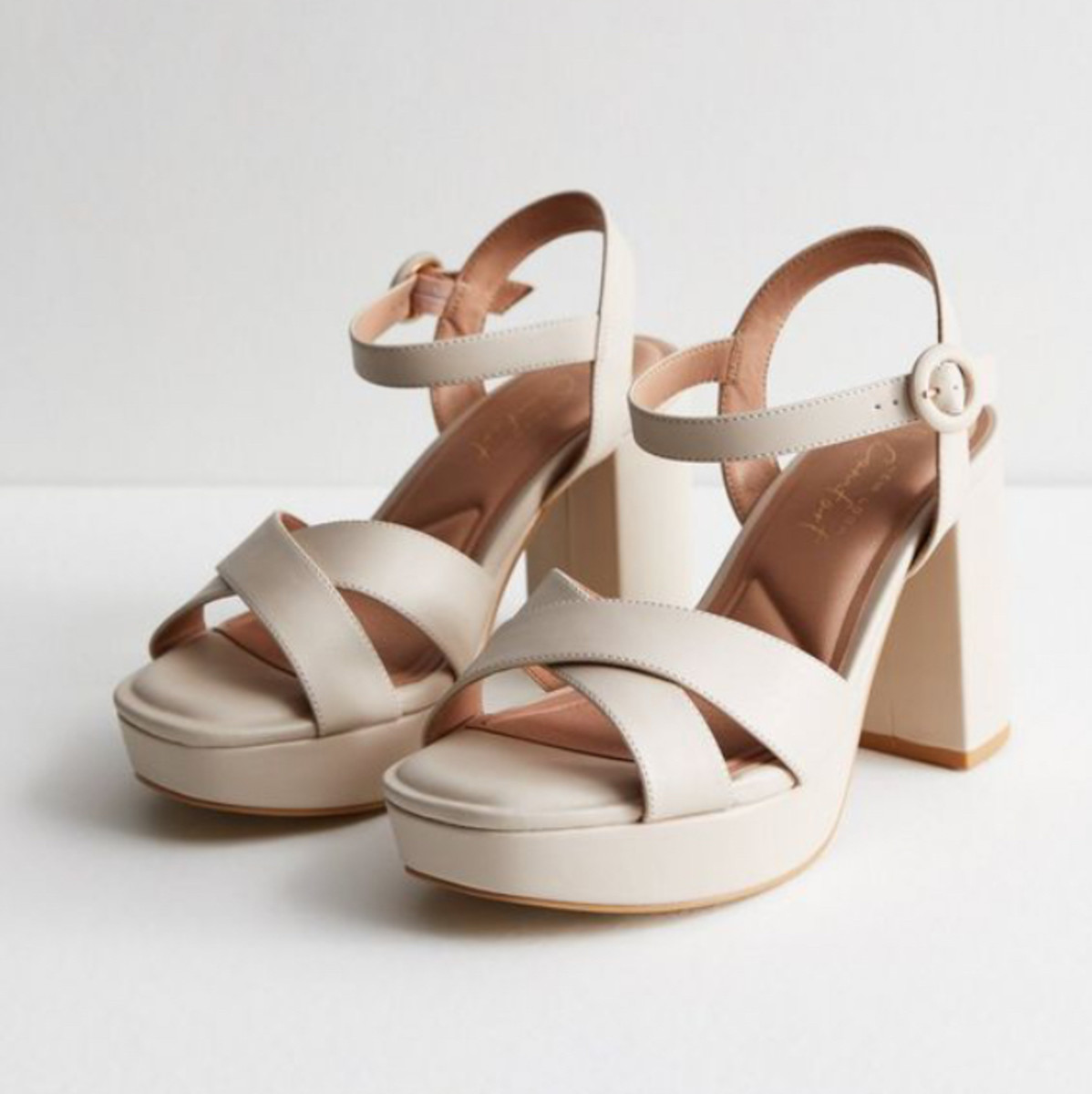High Heels History: Who Started the Painful Fad?
The First High Heeled Shoes
It's the 21st Century and seeing women wear heels is not a big thing, but neither was it during the time of the Ancient Egyptians! Yes, high-heeled shoes were already worn centuries ago. They were usually worn by the upper class. The huge question, though, is why?
It's high. It's painful. It's not exactly practical wear. So where did it all begin?It's mostly the same reason that an office worker wears heels while a fireman/woman doesn't. It depends on the job. The upper class
Well, high heels were worn by different people of different social stations. It depended on their job. The upper class didn't run around and do hard labor. They were "above" everyone; ergo, footwear that actualized their elevated status was used.
Murals dating from around 3500 BC showed both male and female Egyptians wearing footwear with elevated heels for ceremonies and rituals. Early records from Ancient Rome and Greece show actors who wore shoes with cork soles to symbolize the height (ahem, social status) of the different characters they portrayed.
The medieval times also saw both men and women wearing pattens or wooden soles attached to their sandals to elevate their height. This made their actual shoes relatively cleaner after wading through the dirty streets.

Riding Footwear
According to Elizabeth Semmelhack of the Bata Shoe Museum in Toronto, heels, were also used as riding footwear. Persia (now Iran) saw soldiers wearing high-heeled shoes that made it easier for them to ride horses while armed to the teeth with their spears and other weapons.
Shah Abbas of Persia had the largest cavalry in the world. Before the 17th century began, he started establishing connections and relations with ruling families in the Western world in order to defeat the Ottoman Empire.
He then sent his soldiers and ambassadors around Europe. This introduced the high-heeled footwear to Russia, Spain, France, and other monarchical countries. Since then, high heels have come to symbolize elite standing in society.

Status Quo Heels
Many sources say that the one who started wearing high heels as fashion was Catherine de Medici on her wedding day. Her groom was Henry II, future King of France. Catherine was 14 years old and shorter than five feet. So, she improvised. A cobbler made a 2-inch high-heeled-shoe for her, and the rest of France followed the trend.
King Louis XIV was very fond of high heels, especially ones that were around 5 inches tall. Someone who decreed himself the Sun King also went to decree that no one's heels should be higher than his and that only the nobles could wear red-colored high heeled-shoes.
Because of the high heels' intricate and delicate details, many artists and writers often associated them with femininity and sex appeal. The Puritans apparently thought more of the latter and banned women from wearing them henceforth.

High Heels in Fashion
Throughout history, the wearing of high heels ebbed and flowed. Napoleon Bonaparte pretty much banned the high heels. He said it was to promote equality, since the heels symbolized the disparity in social classes.
With the invention of the sewing machine in the 1800's, however, women started wearing high heels to match new clothes again. Fashion became vastly important. Famous designers Christian Dior and Roger Vivier introduced to the world the stiletto (Italian for 'dagger'), a more slender counterpart to the high heels that were worn before.
Hollywood stars and fashion icons wore high heels that made them look edgy, elegant, and sexy. There was a lot of criticism from many groups, (particularly feminist ones that time) but it sure didn't stop people from wearing them.
From the 50's, 60's, to the 90's, high-heeled shoes have been worn by women. They practically owned and claimed the footwear. The comment that heels were a man's invention no longer bothers anyone. And no one should be getting the stink-eye during Sunday service if they can rock the heels. Because, if a woman can outrun a T-rex on heels, who cares?








